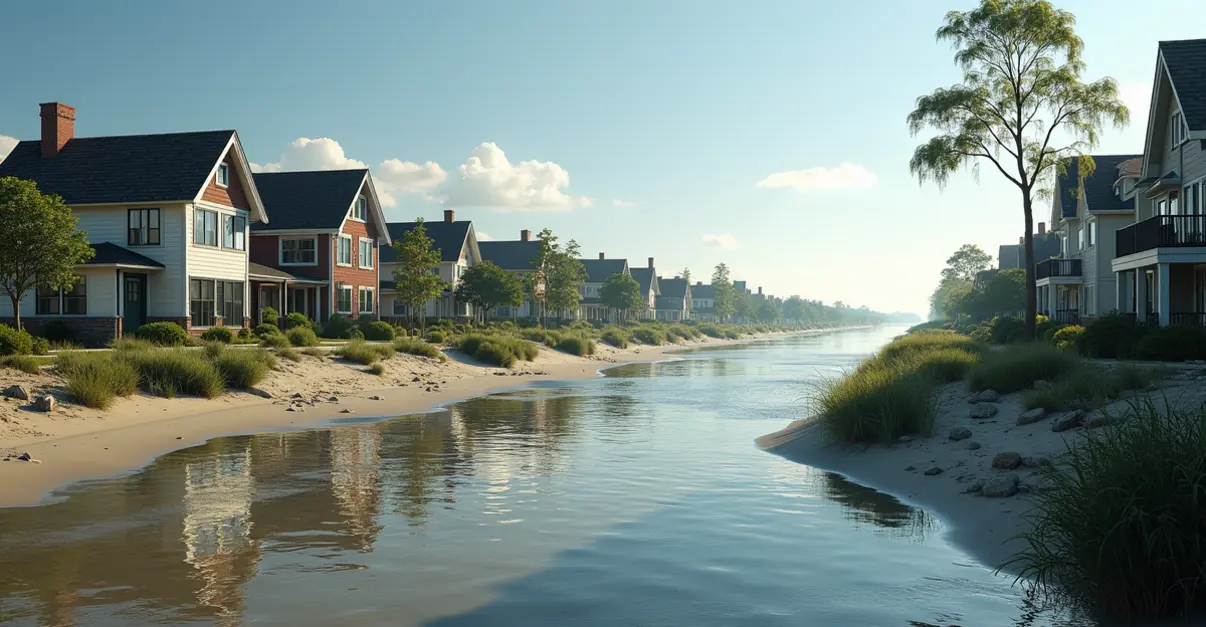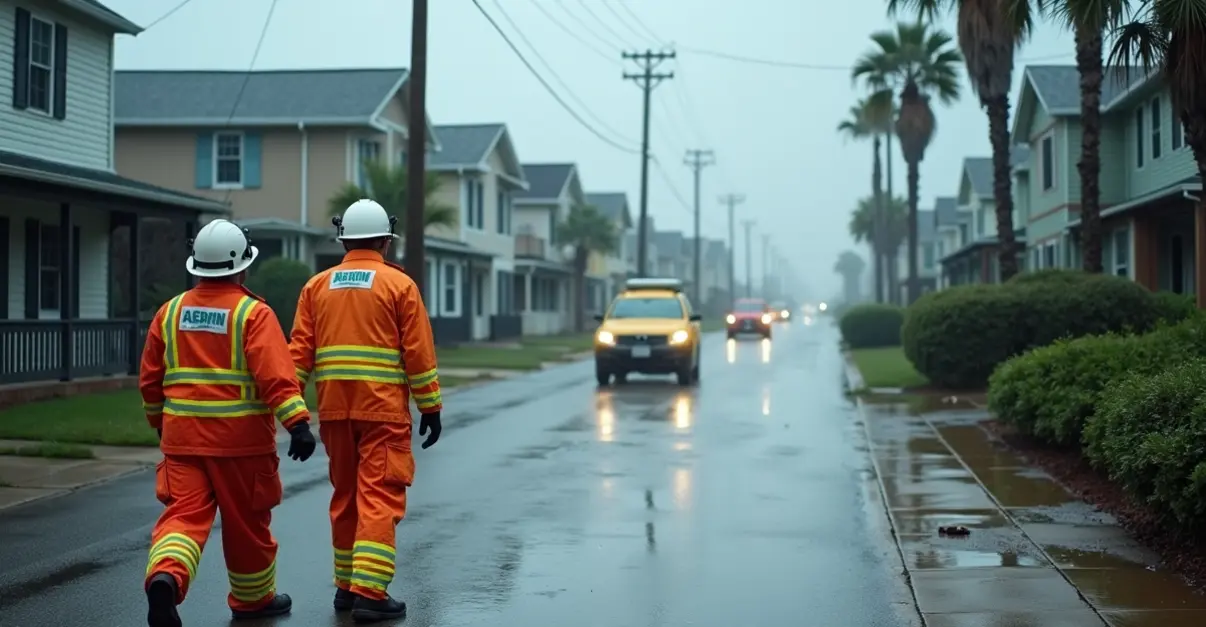Coastal communities deploy flood barriers and relocation plans as sea levels rise. Engineering combines traditional seawalls with nature-based solutions while zoning directs development away from high-risk areas. Community-driven relocation ensures equitable participation in adaptation decisions.

Rising Seas Force Coastal Communities to Adapt
As sea levels continue to rise due to climate change, coastal municipalities worldwide are implementing innovative flood defense strategies and community relocation plans to protect vulnerable populations. With projections showing global sea levels could rise 26-82 cm by 2050 and 43-110 cm by 2100 under high-emissions scenarios, the urgency for comprehensive coastal resilience measures has never been greater.
Engineering Solutions for Flood Protection
Coastal engineers are fundamentally rethinking flood defense approaches, balancing traditional 'gray' infrastructure like concrete seawalls with nature-based 'green' solutions. 'We're seeing a paradigm shift from purely engineered solutions to hybrid approaches that work with nature,' explains Dr. Maria Rodriguez, a coastal engineering expert at the University of Florida. 'Green infrastructure like mangrove restoration costs just $230 per meter compared to $18,000 for engineered walls, and provides gradual failure modes rather than catastrophic breaches.'
Recent innovations include living shorelines using sand fill, oyster reefs, and marsh grass, with mangroves demonstrating the ability to reduce wave heights by up to 66% over 100 meters. Projects like England's Medmerry Managed Realignment show how natural marsh platforms can self-regulate, drastically reducing maintenance costs compared to hard seawalls. Research from Interesting Engineering highlights that coral reef restoration costs approximately $1,000 per meter compared to $19,000 for engineered walls.
Community-Driven Relocation Strategies
The conversation around managed retreat is evolving toward community-driven relocation, emphasizing equitable community involvement. 'We've moved away from the term 'managed retreat' to 'community-driven relocation' to ensure communities have agency in these difficult decisions,' says Sarah Johnson from the National Wildlife Federation. NWF's 2025 research shows state agencies play crucial roles in initiating relocation conversations but often lack proper roadmaps for engagement.
In Massachusetts, The Nature Conservancy has pioneered proactive efforts to help coastal communities like Winthrop and Revere address rising flood risks. 'Initially, there was resistance to discussing relocation, but as flood events become more frequent and severe, communities are increasingly open to these conversations,' notes Emma Gildesgame, Climate Adaptation Director at TNC. The Nature Conservancy's work demonstrates that managed retreat not only eliminates long-term risk but also presents restoration opportunities for coastal habitats.
Zoning Regulations for Climate Resilience
Municipalities are increasingly using zoning as their most powerful tool to address sea-level rise. The National League of Cities emphasizes that through strategic planning and zoning, local governments can identify at-risk areas, determine safe building locations, and shape landowner expectations. Norfolk, Virginia's comprehensive 'Vision 2100' plan divides the city into color-coded zones based on flood risk, successfully directing development away from high-risk areas.
'Zoning allows us to be proactive rather than reactive,' explains Norfolk's planning director, Michael Smith. 'By creating flood resilience overlay districts and offering density bonuses in safer areas, we're guiding development toward climate-resilient locations while protecting our most vulnerable communities.' Other cities adopting similar strategies include Boston's Coastal Flood Resilience Overlay District and Charleston's Upper Peninsula Zoning District.
Global Case Studies and Effectiveness
A comprehensive study published in Nature analyzing 17 global relocation cases found that most communities achieved reduced flood exposure by moving from origin to destination sites. However, the extent of risk reduction varied significantly with geography and emissions scenarios. Notably, nine destination sites still faced projected inundation under some scenarios, highlighting the importance of careful site selection.
Small-island-to-small-island relocations showed more destination exposure than mainland-to-mainland moves, underscoring the complex challenges facing island nations. 'Planned relocation generally reduces future coastal hazard exposure, but its effectiveness depends entirely on careful site selection and consideration of long-term climate scenarios,' states Dr. James Wilson, lead researcher on the study.
The Path Forward
As coastal communities face increasing climate impacts, the integration of engineered defenses, community-driven relocation, and strategic zoning represents the most comprehensive approach to coastal resilience. The economic benefits are substantial, with studies showing every dollar invested in floodplain management returns an average of $4 in benefits.
'The key is balancing immediate protection needs with long-term adaptation strategies,' concludes Dr. Rodriguez. 'We need hybrid solutions that combine the best of engineering innovation with nature-based approaches, all while ensuring communities have meaningful participation in decisions that will shape their futures.'

 Nederlands
Nederlands
 English
English
 Deutsch
Deutsch
 Français
Français
 Español
Español
 Português
Português









